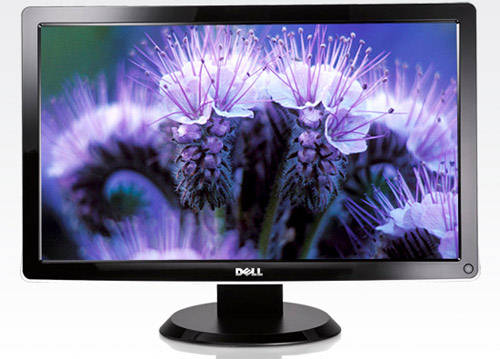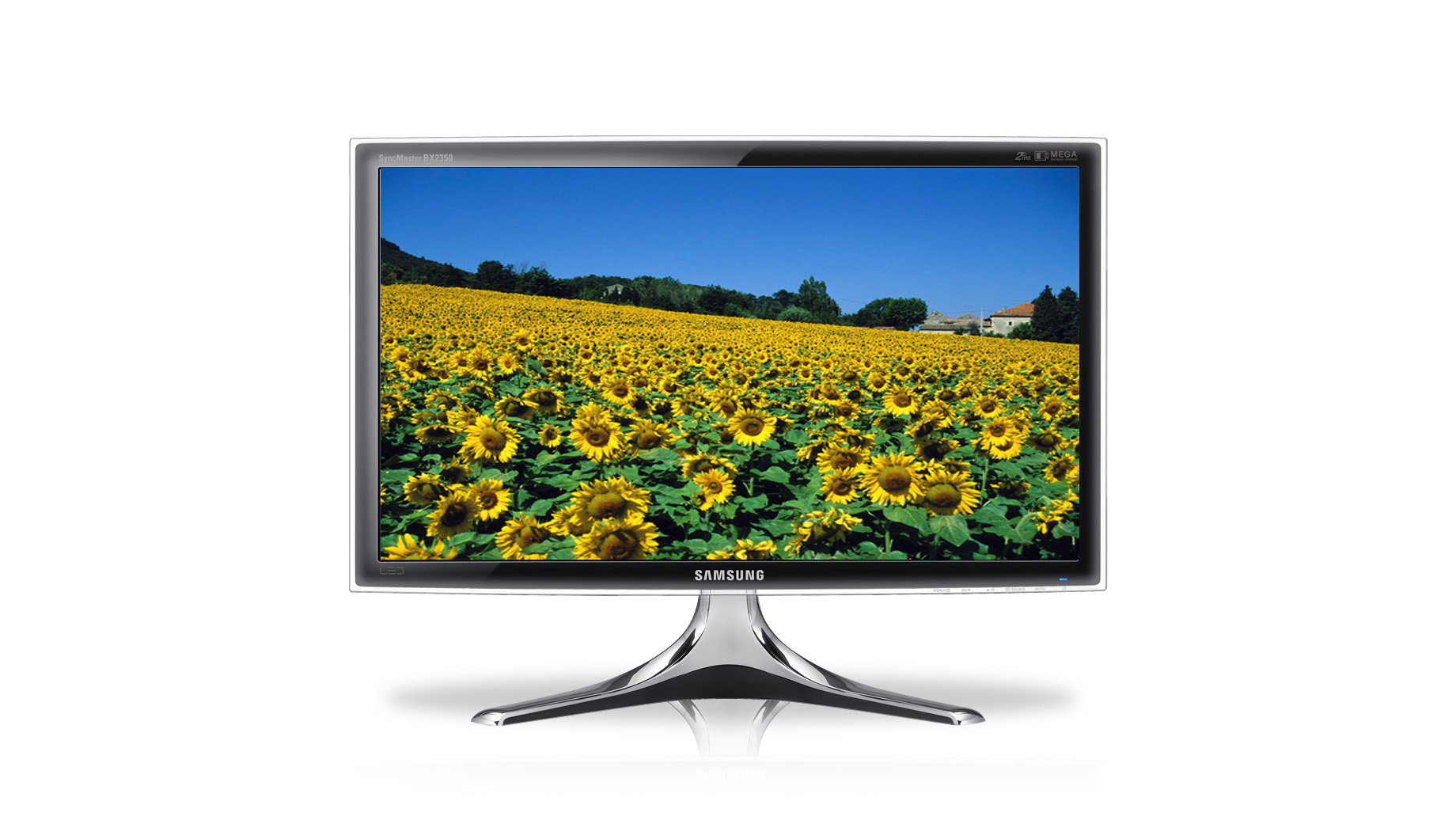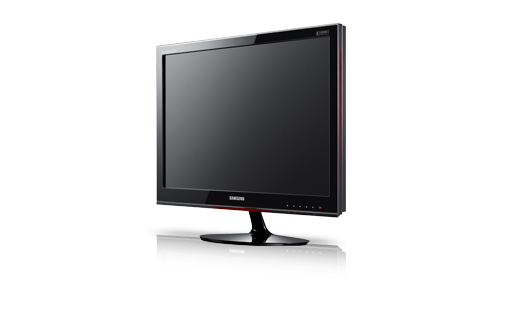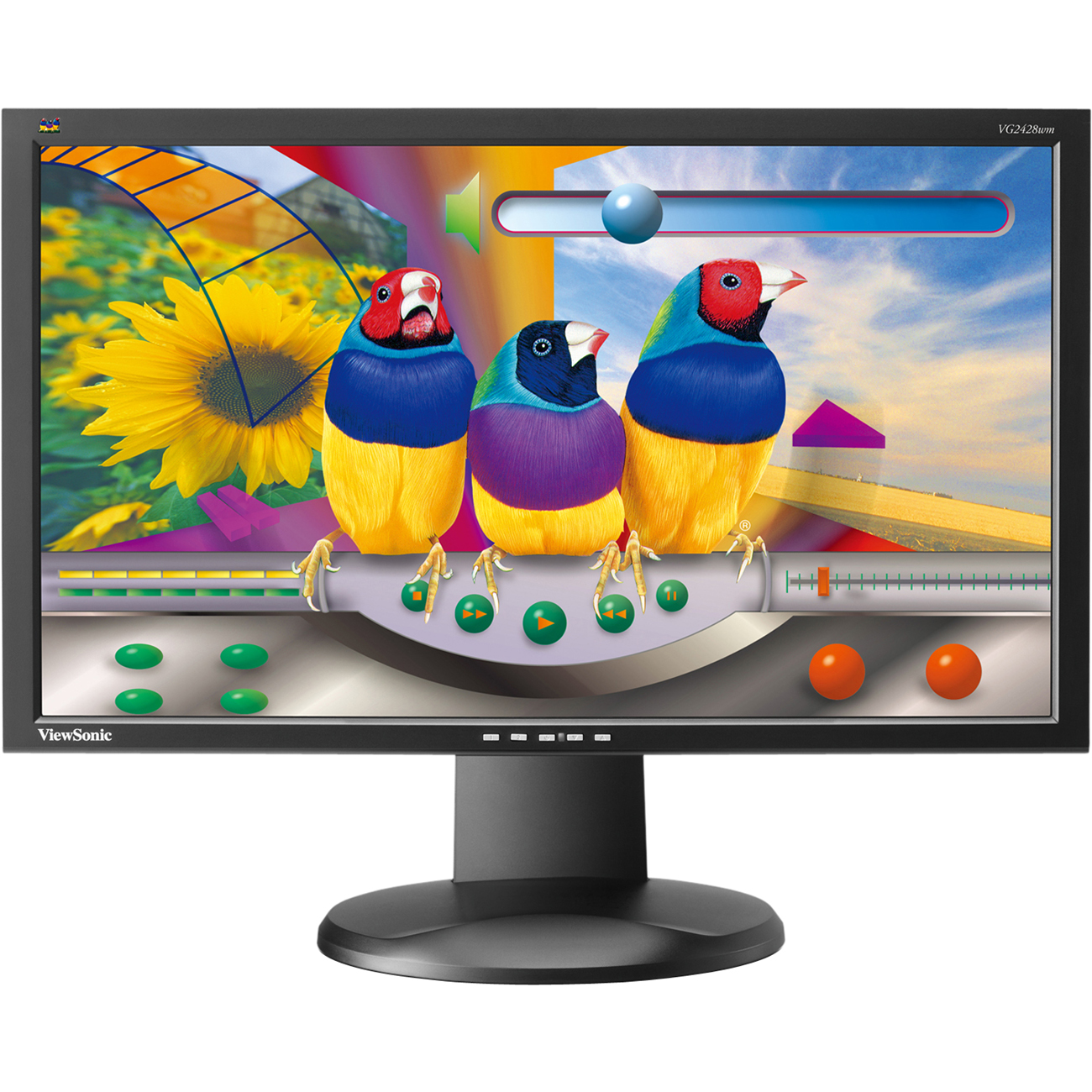CCFL Versus LED: Is There A Downside To Going Green?
With the display market quickly transitioning to LED backlighting, are we losing anything in the move away from CCFL? Sure, LED is supposed to be greener, with richer contrast and color...but is it? Before you jump to conclusions, check out our review.
The Monitors: Dell, Samsung, And Viewsonic
Dell ST2310
Mixed messages continue with Dell’s lineup. The ST2310 has the usual specs you expect from a 23” widescreen: 16x9 aspect ratio, 1920x1080 resolution, 250 cd/m2 brightness, 5 ms response, and a 50 000:1 dynamic contrast ratio. Dell bills this as an “energy efficient” model, and with a 30 W maximum draw (22.5 W typical), that would seem a fair description.
However, this is not an LED display—it’s CCFL. Dell also has it listed at $239.99. But ignore that. The last price we found online was $160, setting it close to the ST2320L (below). The ST2310 provides one port each for HDMI, DVI, and VGA, and there’s even an optional, clip-on “SoundBar” for better audio than what the integrated speakers can provide. But hold those power numbers in mind. This gets interesting.
Dell ST2320L
Second verse, same as the first—only this time with LED backlighting. The ST2320L is a near-match for the ST2310, but the backlight change pumps the dynamic contrast up to 8 000 000:1. Interestingly, this LED variant sheds just over three pounds compared to its CCFL counterpart, even though there’s no change in screen size and the stands are fairly similar. Power draw remains almost identical at 30 W max and 24 W typical. Yeah, you read that right. Keep going...
Samsung SyncMaster BX2350
Of all the comparisons we saw in this roundup, Samsung was closest to hitting our expectations. The BX2350 is a 23” 1920x1080 widescreen with 250 cd/m2 brightness, two HDMI ports, one VGA, 2 ms GTG response, and Samsung’s usual bevy of menu options and features.
Get Tom's Hardware's best news and in-depth reviews, straight to your inbox.
It’s a shame that we can’t take you inside all of the features Samsung packs in here, because our testing depended on normalizing the settings between all monitors, and that meant disabling every possible image and power optimization. Suffice it to say that we appreciate the thought Samsung puts into promoting its greener-than-most manufacturing practices and the ways in which it makes image optimization according to content type and environment very simple. Samsung reports a static contrast ratio of 1000:1 and doesn’t bother with dynamic numbers—kudos to Korea. The power spec lands at 26 W.
Samsung SyncMaster P2350
The P2350 is Samsung’s 23” CCFL display in this group. Again, we see the older tech toting a bit of extra blubber, weighing in at 11.24 pounds to the BX model’s 8.15 pounds. More interestingly, the P2350 sports a brightness of 300 cd/m2 to the BX’s typical 250 cd/m2. Samsung lacks a few “Magic” features on this design, but the notable spec is a 43 W maximum power draw, making it potentially the least power-efficient model under review here. Let’s move on and see if these backlights and their energy draws add up in the real world.
Viewsonic VG2428wm
Our CCFL-based Viewsonic unit counterbalances the LED-backlit BenQ in this roundup. The 23.6-inch screen sports a slim bezel, fully adjustable stand, and only VGA and DVI output. Curiously, there’s no HDMI output on this display, although you do get a couple of 2 W speakers and a pair of USB 2.0 ports. Viewsonic specifies a typical power consumption of 45 W, placing it at the top of our environmentally unfriendly list. However, Viewsonic combats this with an Eco-mode, although product documentation gives no clue as to what this is or how it works, only that it’s accessible via the on-screen menus.
Viewsonic specs a 300 cd/m2 brightness (typical) and 5 ms response time. The VG2428wm also indicates a 160-degree vertical viewing angle (170 degrees horizontal), but we noticed this display was more prone than most to losing text clarity at only moderately elevated heights from center. Unless testing reveals some unexpected surprises, we’ve been more impressed by other Viewsonic models.
Current page: The Monitors: Dell, Samsung, And Viewsonic
Prev Page The Monitors: Asus And BenQ Next Page Asus Power Draw-
nforce4max I am going to get such a monitor later this year. Imagine the leap from CRT to Led LCD.Reply -
Ragnar-Kon I personally can't wait until the OLEDs manufacturing process becomes cheaper. Having seen Sony's new OLED displays at this year's NAB in Vegas, I can say they are VERY VERY impressive.Reply -
scook9 I know that I have been rocking a pair of Gateway FHD2400's for a few years now and love them as they meet all my needs and have never left me wantingReply -
g00b Ummm ... LED? They are all LCD :).Reply
"Ultimately, we’d pick LCD for media consumption, but we’d pick CCFL for editing work where detail and accuracy are paramount. LCD is more fun to watch; CCFL is more reliable." -
theshonen8899 Basically the differences are very dramatic right? I'm gonna sound like a hippie for this but I'd definitely go for the greener option. Just being polite for our future generation is all.Reply -
wrxchris May not be too relevant here considering that this article was based around image quality, but as a gamer, I'm still plenty satisfied with my trio of 25.5" Asus TN monitors. Yes, they bleed a bit of light around the edges and the colors may not be very accurate, but they handle fast moving images with no problems and only cost $750 for the set. And my favorite feature is the 16x10 aspect ratio, which is becoming quite hard to find these days; not sure why people are so willing to give up vertical screen space.Reply




